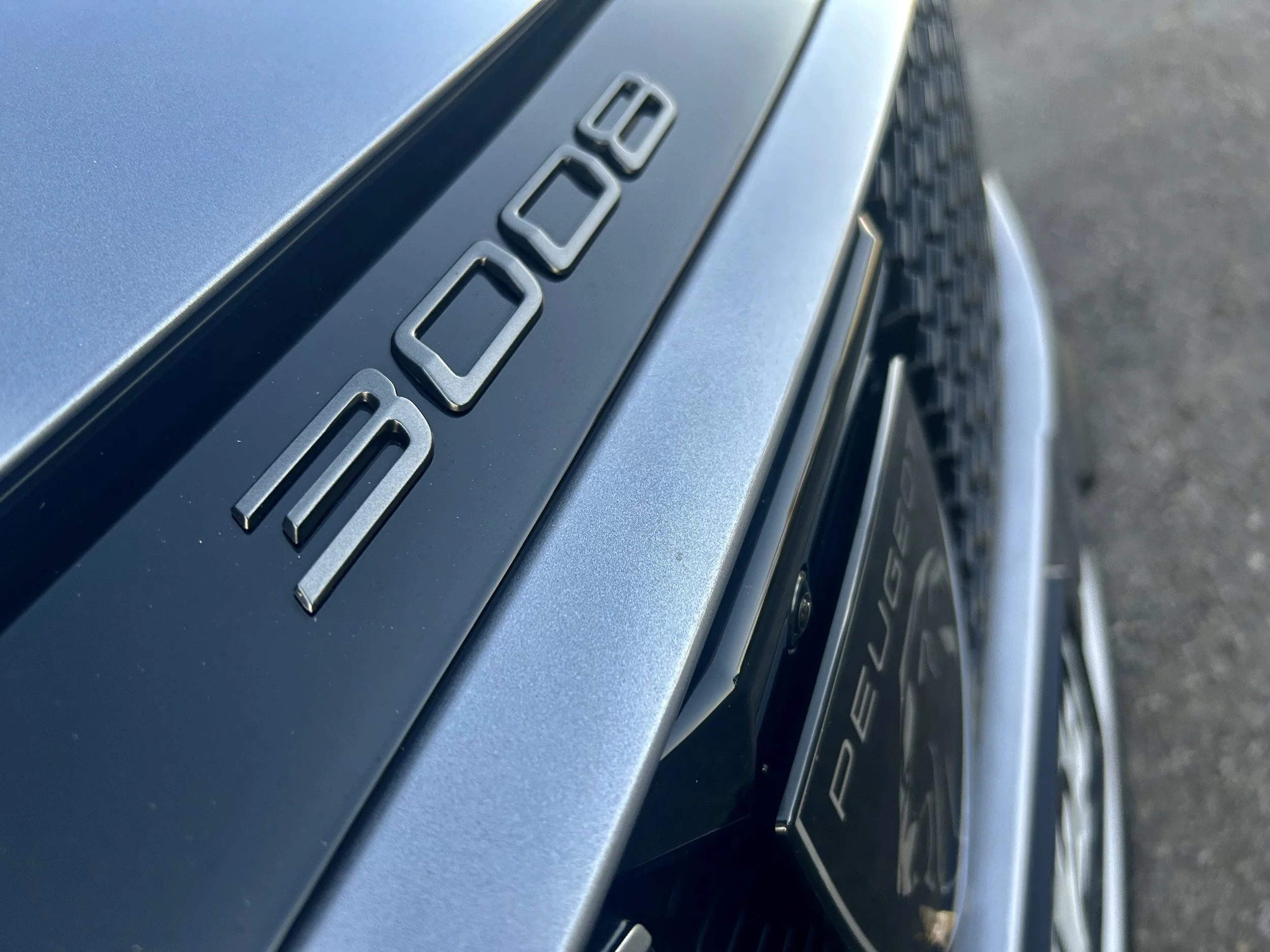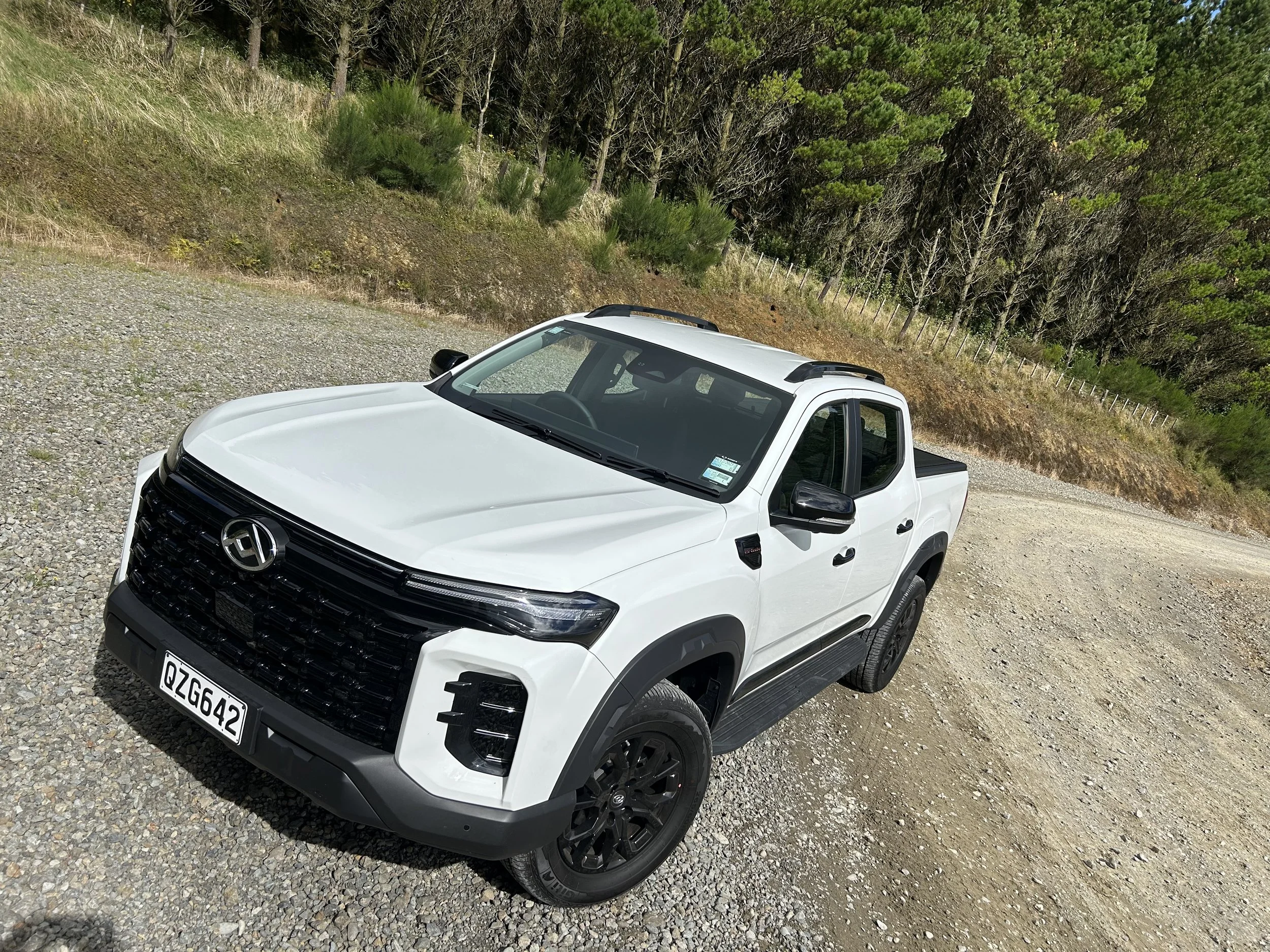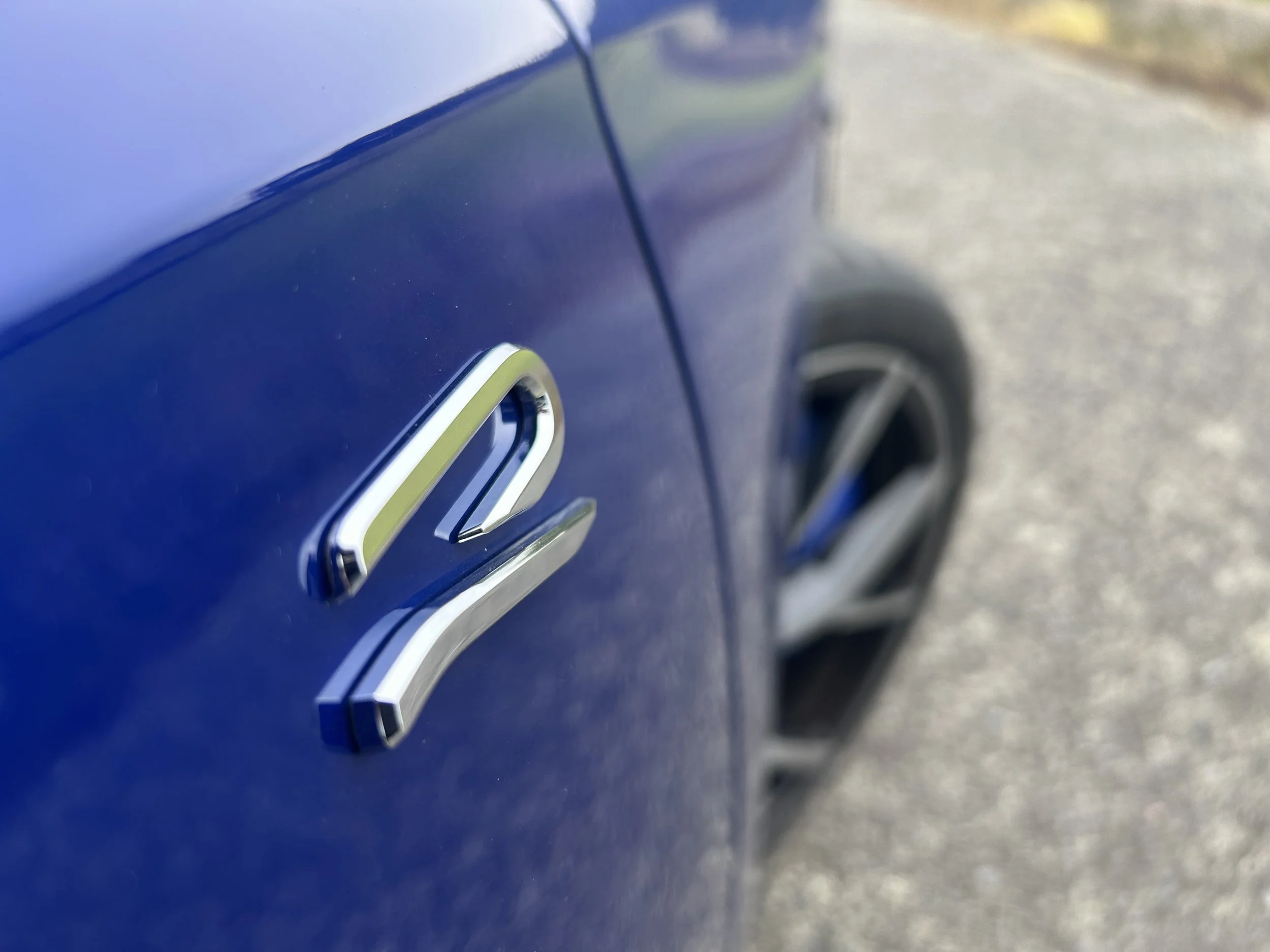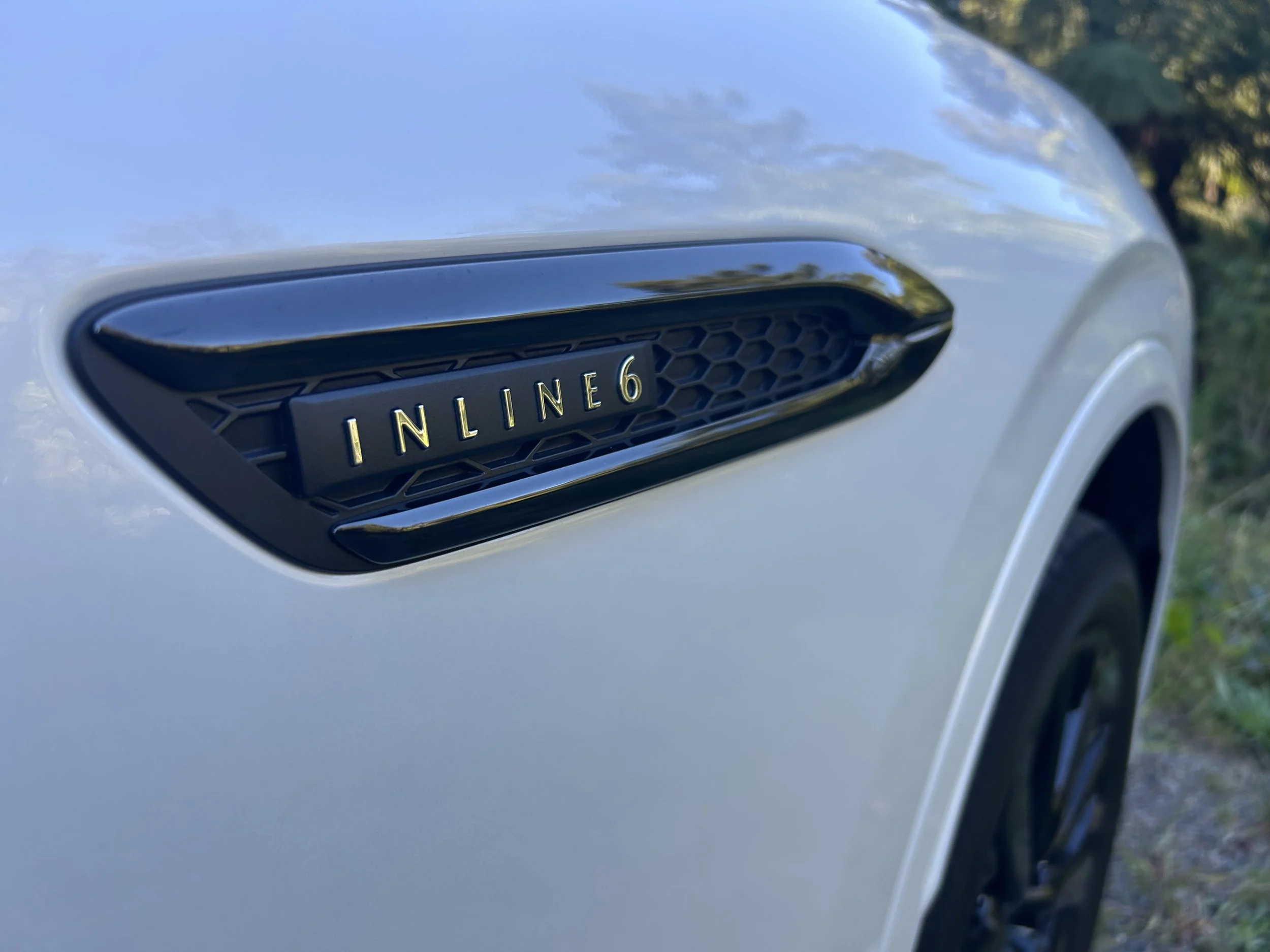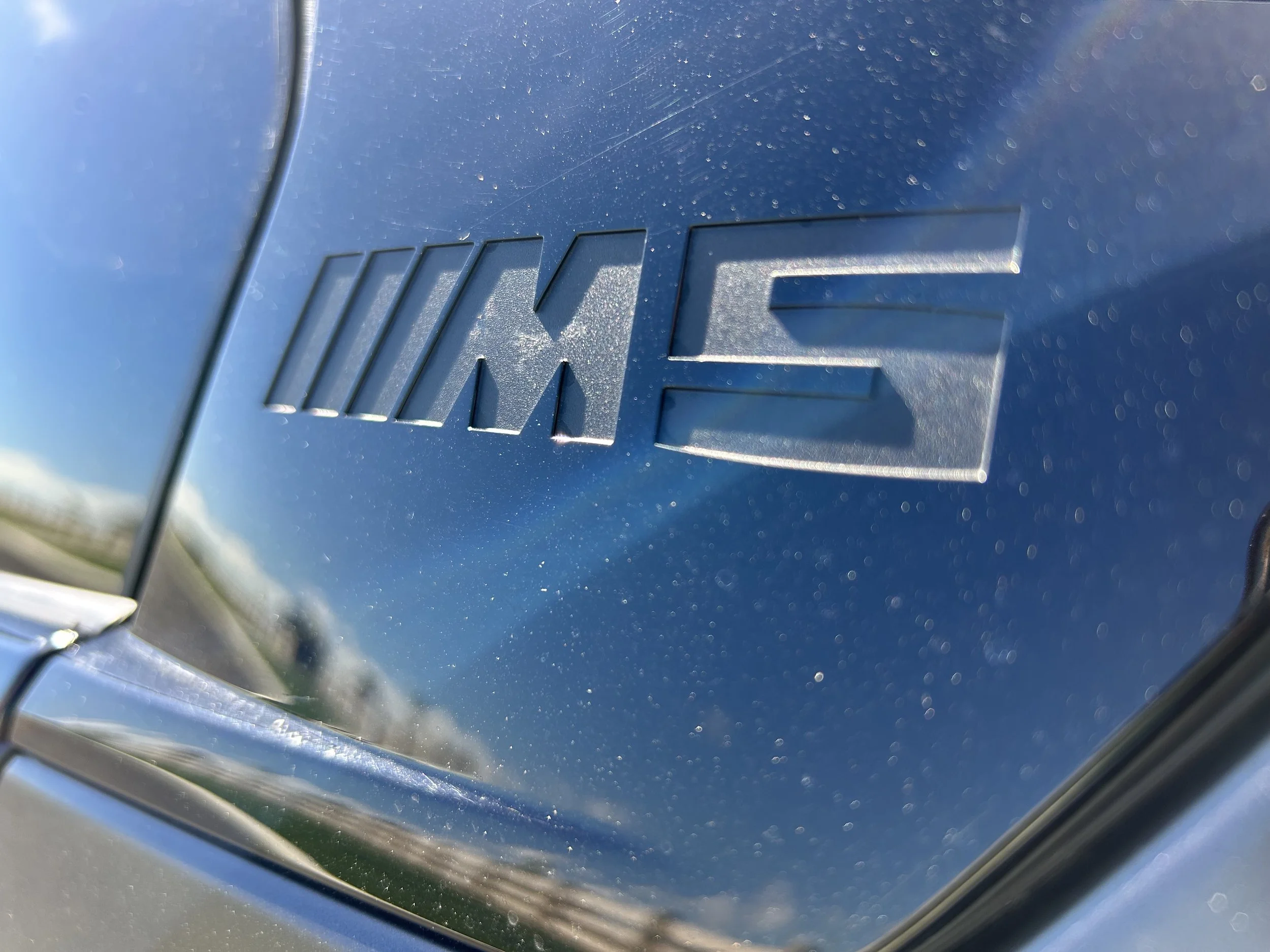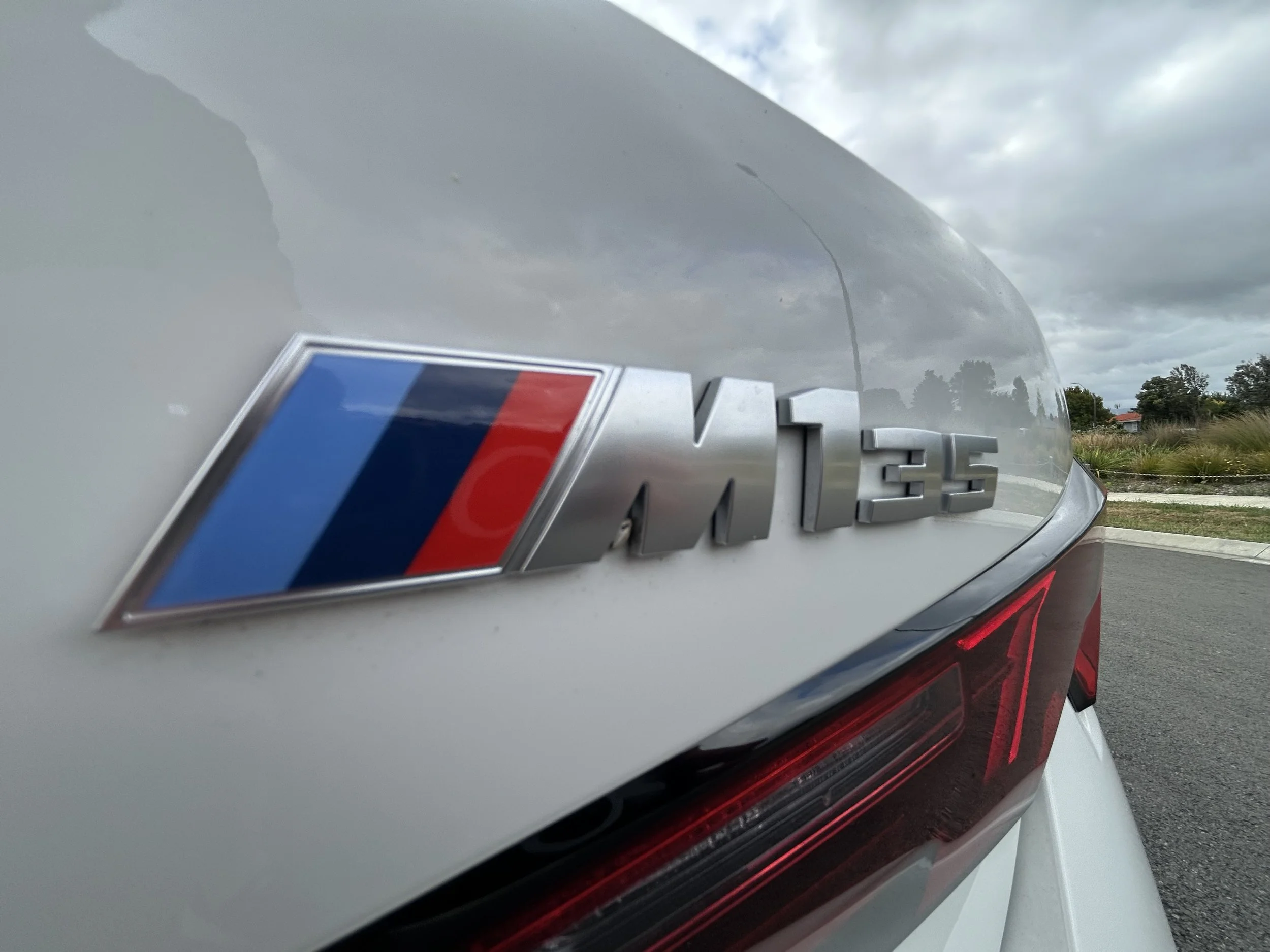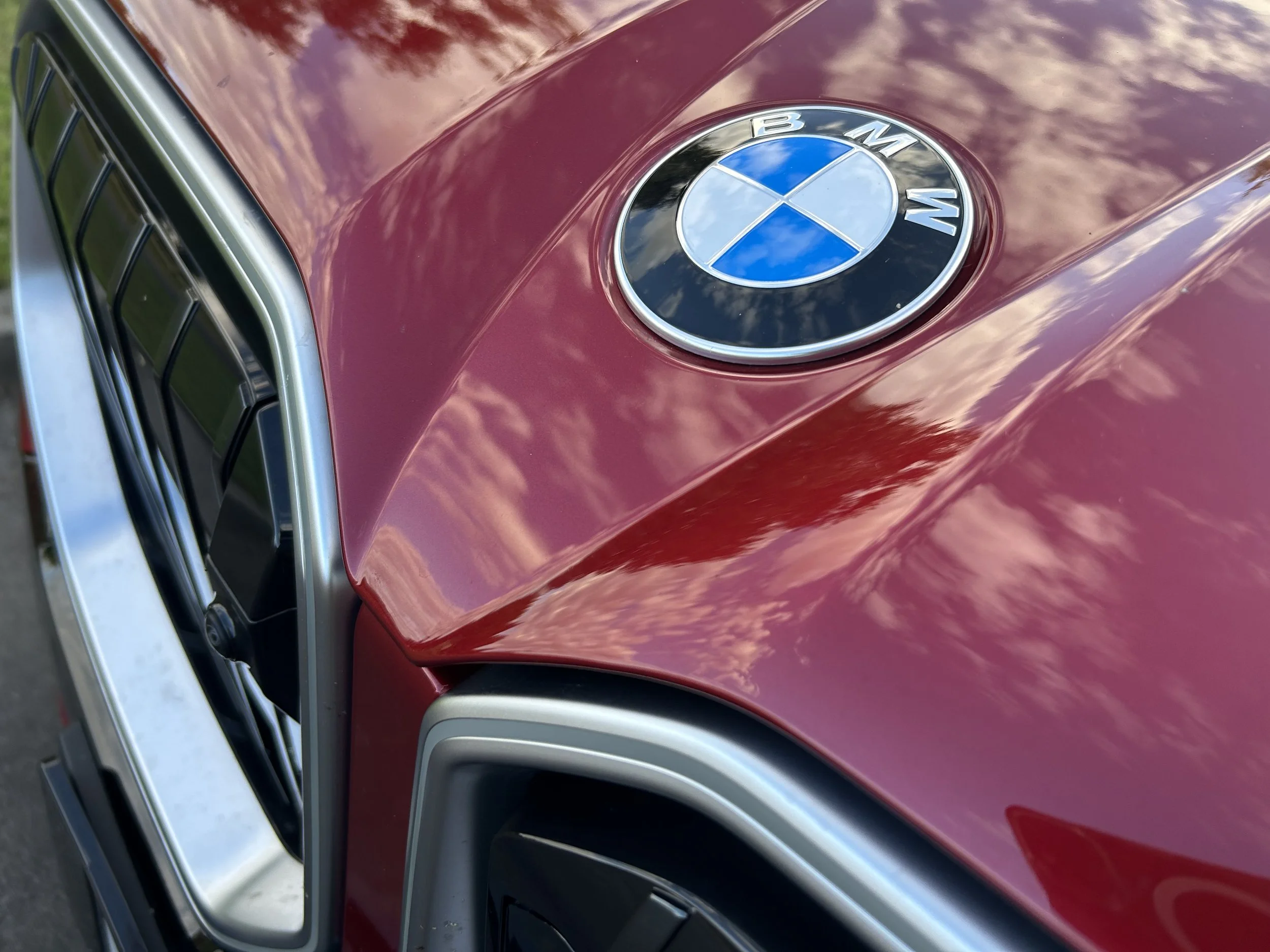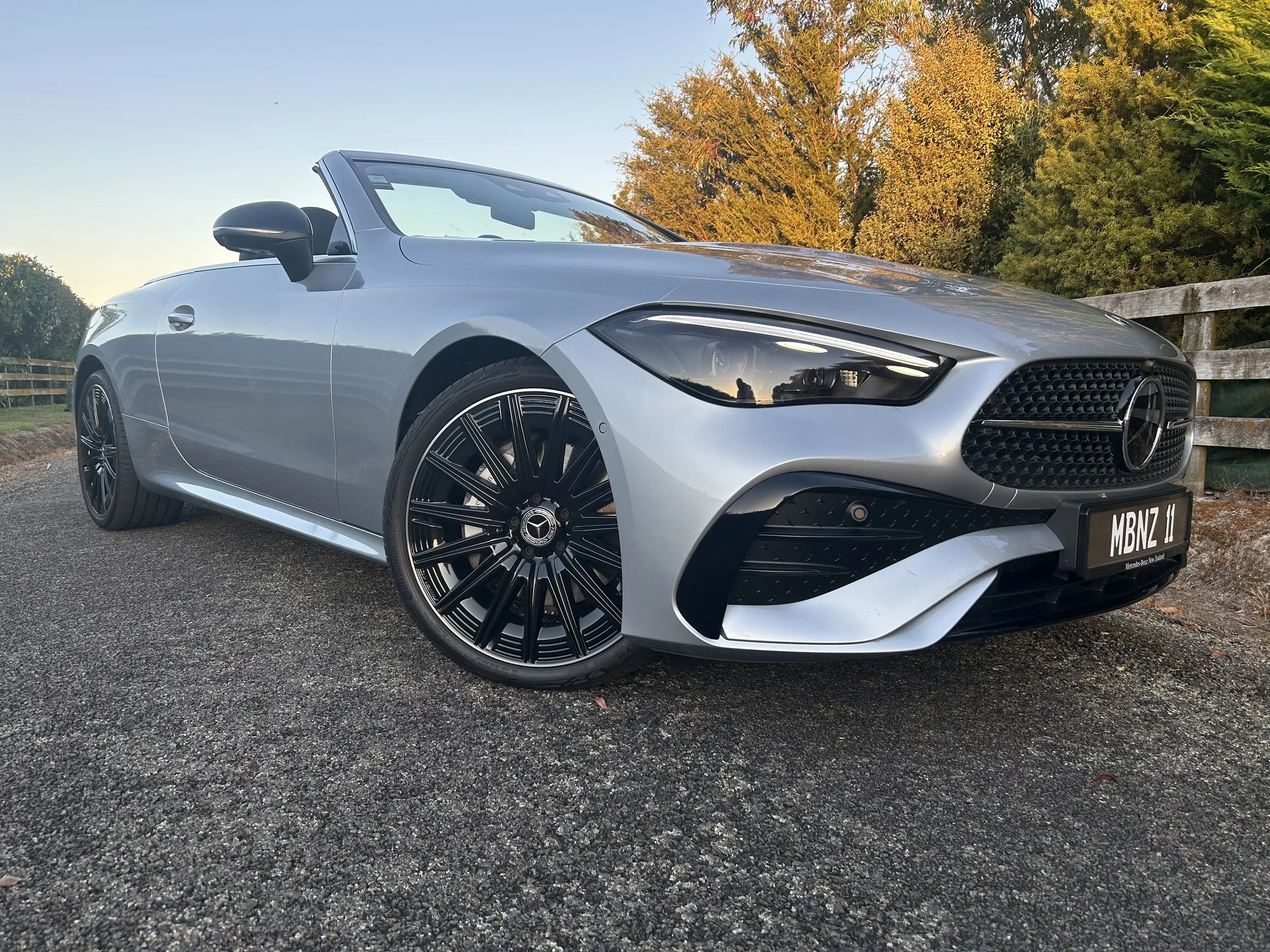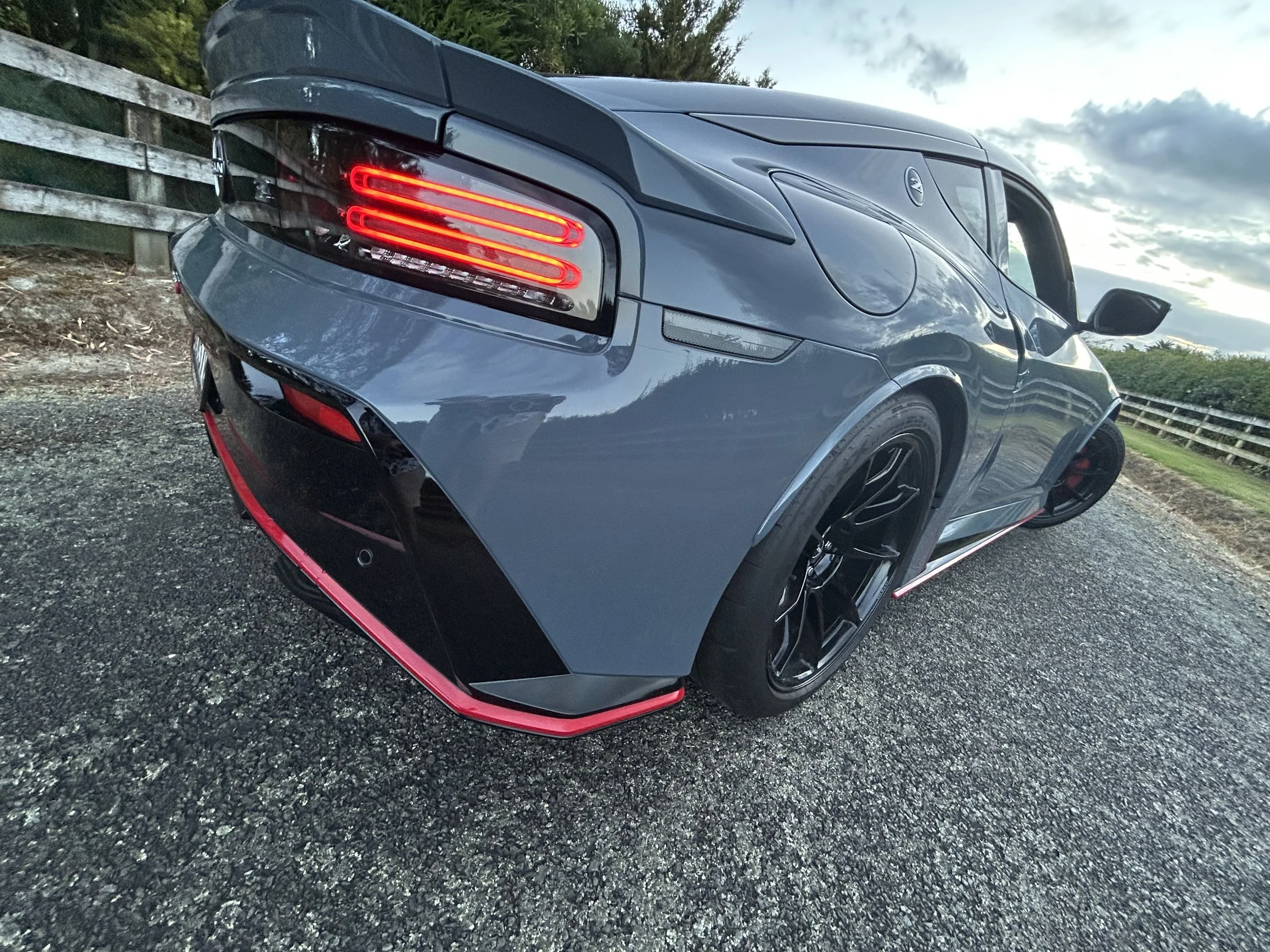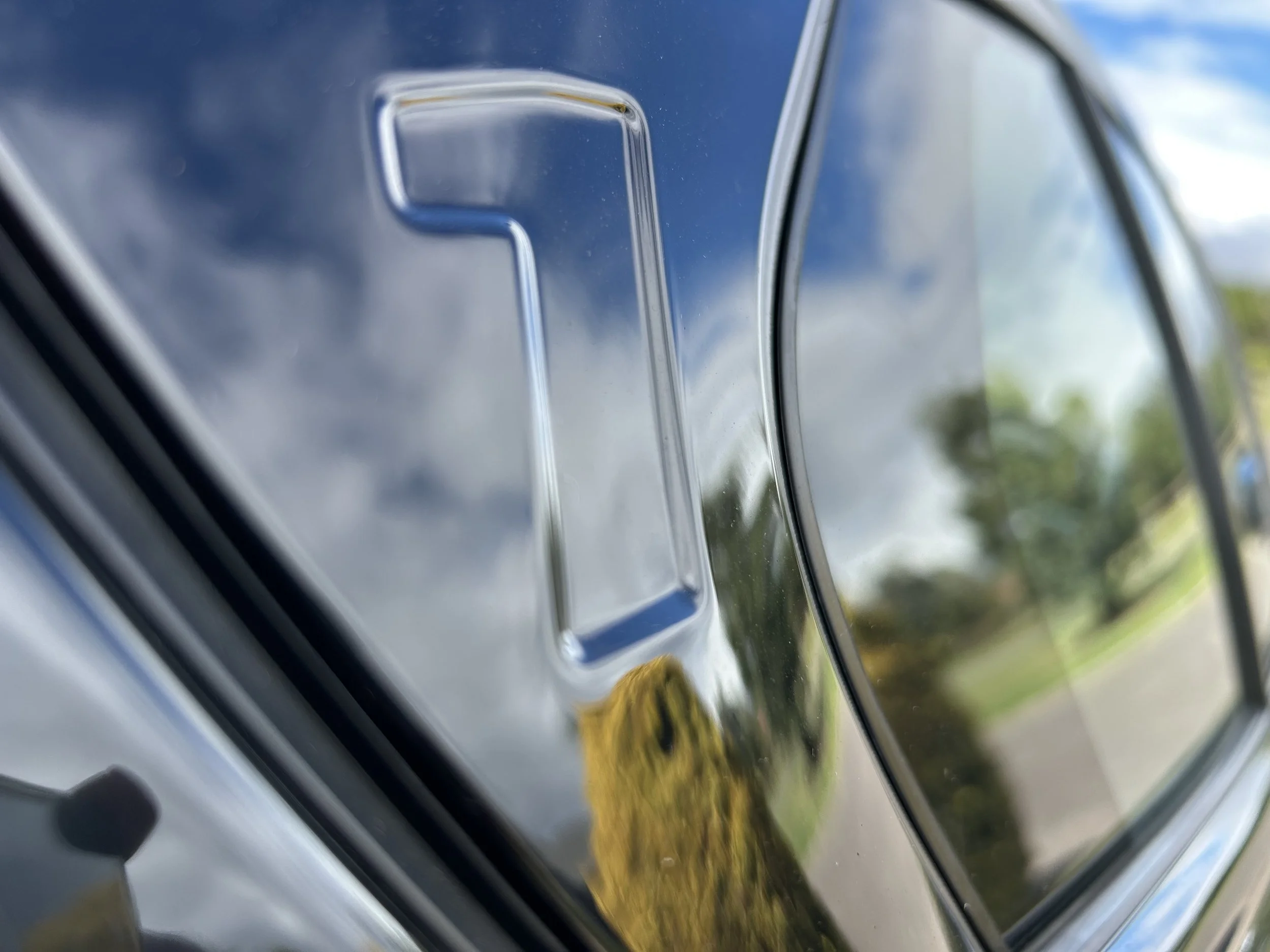Plug-in hybrid Jaecoo priced
/Petrol-electric has more power and torque than regular petrol, with better range potential.
HAVING started here in petrol form, the medium sports utility from a maker whose name is a portmanteau of ‘jaeger’ - German for hunter - and the word ‘cool’ will soon begin stalking plug-in hybrid fans.
Badged J7 SHS - shorthand for Super Hybrid System - the petrol electric model will enter the market in May for $49,990.
That’s lineball with another just-announced petrol-electric coming from China, the LeapMotor C10 Ultra Hybrid.
They are quite different in their technology, the latter being a range extender where the Jaecoo can run in pure-electric, series, parallel and energy-recovery modes. The technology is apparently similar to that used by BYD in its Sealion 6 sports utility wagon, a likely rival.
The J7 matches the petrol model, which sells for $37,990 in front-drive and $43,990 in all wheel drive, in having a four-cylinder turbocharged petrol engine.
But the PHEV gets a 1.5-litre whereas the pure petrol is a 1.6. It is in marriage to an electric motor, driving the front wheels.
The engine’s outputs are 105kW power and 215Nm torque, while the electric motor has 150kW and 310Nm of torque. The maximum combined power and torque outputs appear to be 152kW and 310Nm, whereas the standard petrol makes 137kW/275Nm.
It also runs dedicated, constantly variable hybrid transmission, whereas the full petrol one has a dual clutch kind.
Electric-only and combined electric-petrol ranges are bullish, but data for the first supplied by the Chery sub-brand brand relies on the New European Driving Cycle scale no longer trusted here.
New Zealand’s preference for outcomes calculated to the WLTP (Worldwide Harmonised Light Vehicles Test Procedure) has not been fulfilled by Jaecoo’s regional office.
However, that issue can be satisfied by looking to figures provisioned for the car in the United Kingdom, where WLTP also stands as the preferred scale.
As is always the case, the electric range is lower when using WLTP than with NEDC, which is used by many makes from China.
The NEDC outcome for electric-only range is cited at 106 kilometres. Using WLTP, it is 90km.
Information from Jaecoo’s New Zealand publicist says the J7 when in hybrid mode, in which requires the two units work in unison, delivers a driving range of 1200km. The UK dataset concurs with that.
Optimal economy when using WLTP is 5.2 litres per 100km, best result achieved in hybrid mode, and CO2 emissions come in at 23 grams per kilometre.
The J7’s 18.3kWh lithium iron phosphate battery can be recharged on public DC stations as well as home AC. DC fast charging can replenish from 30-80 percent in 20 minutes, the uptake rate capping at 40kW.
It also features vehicle-to-load capability, meaning external devices can be powered by the car and can run as a pure EV up to speeds of 120kmh, providing the battery is charged beyond 30 percent.
The SHS car’s instrument panel is more minimalist and less button-heavy than the petrol-powered versions; the emphasis is almost entirely on a massive portrait-orientated central touchscreen.
The J7 has eight airbags and active safety ingredient include adaptive cruise control, lane departure warning and autonomous emergency braking.
The PHEV matches the ICE edition in having a seven year, unlimited kilometres warranty, which includes 12 months complimentary roadside assistance, with the opportunity of extending this for a further seven years by completing servicing at authorised Jaecoo dealers.










